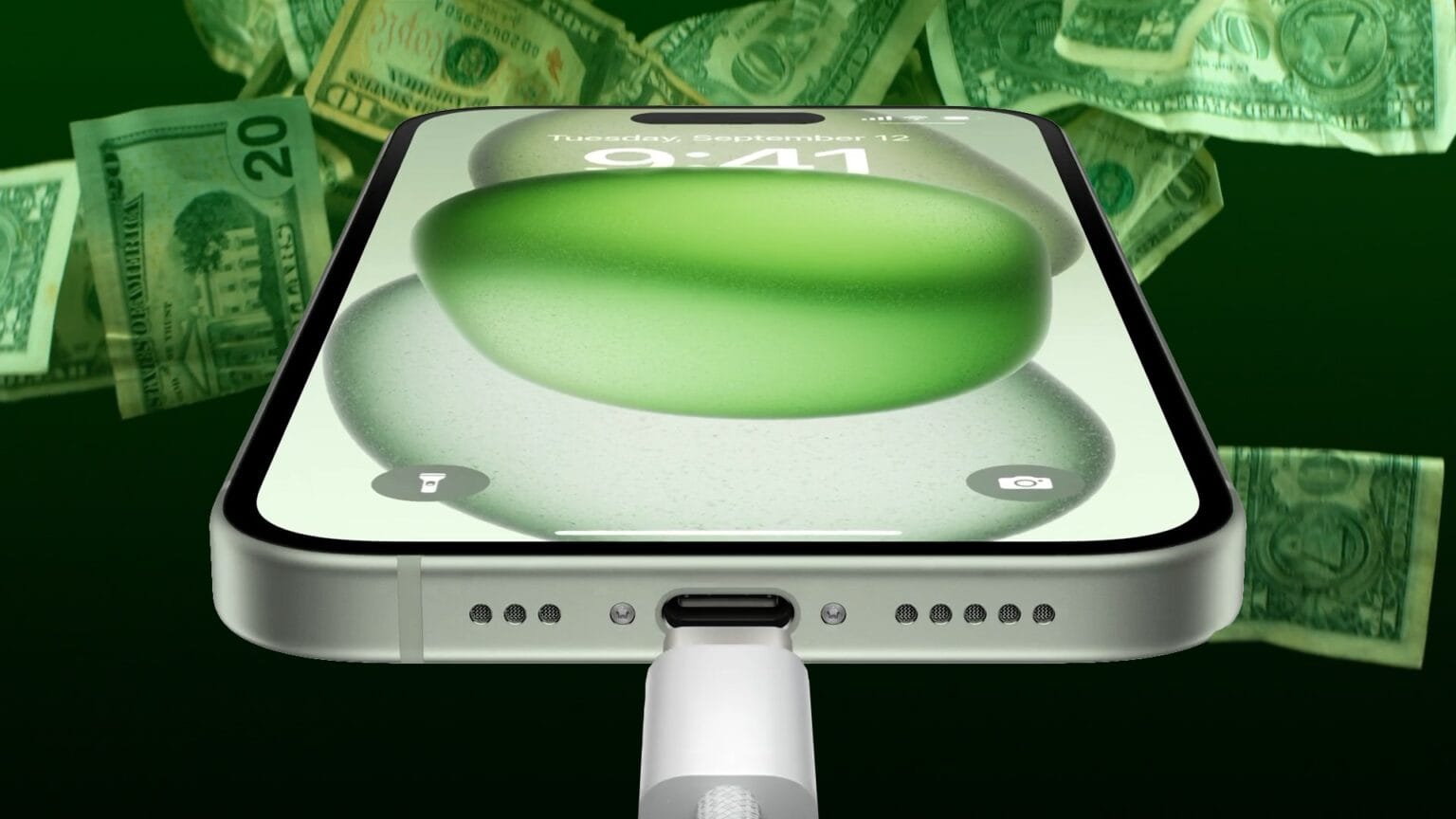No, Apple didn’t change the Lightning connector on the iPhone 15 to make more money selling you new cables and dongles. It’s a common conspiracy theory that Apple switches the connector all the time for lining their pockets, but it doesn’t hold up to scrutiny.
First of all, Apple changes the connector very rarely; this is only the second occurrence in 16 years. Secondly, Apple is actually giving up money to make the switch happen. Not that there’s much money to be made selling Lightning cables, anyway. And all that aside, it’s out of Apple’s hands — USB-C is European Union law.
Apple sticks with their decisions for a really long time, actually
Does Apple change the connector on all their products to make more money selling cables? No. Frankly, that would be a ridiculous business model.
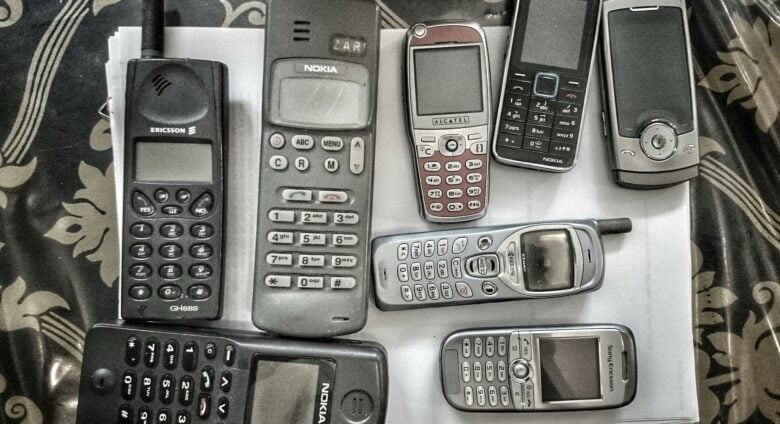
Photo: Stratman2/Flickr
Cast your mind back to the early 2000s. Every single phone had a bizarre, one-of-a-kind charging cable. My Sony Ericsson had a mix of tiny pins with weird, claw-like plastic teeth. If you put it in wrong, something would bend and you wouldn’t have a functioning cable.
And your friend didn’t have the same phone as you, so you couldn’t borrow theirs. You had to buy a new one in a Radio Shack or something, because no gas station or Walmart would bother stocking every single damn cellphone cord.
You had one cord that charged your phone. When you got a new phone, you got one new cord you held onto for dear life. The smartphone era was actually a breath of fresh air.
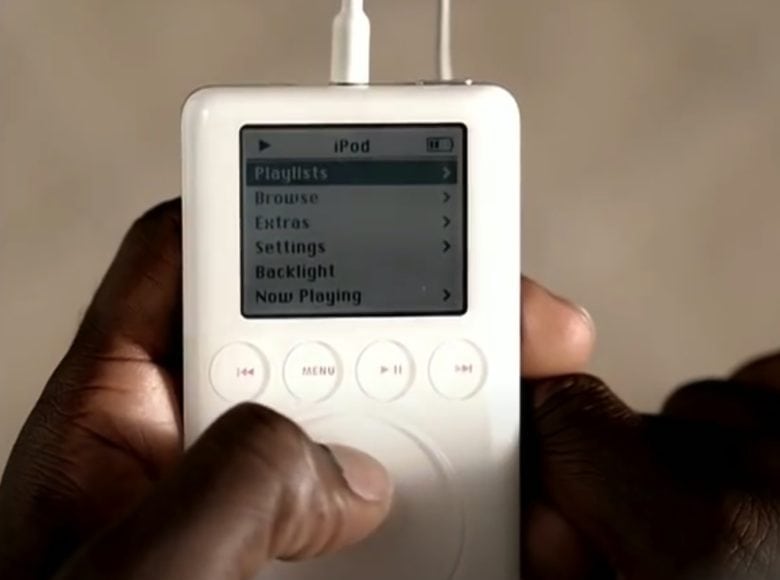
Apple introduced the 30-pin iPod connector in 2003 and included it on every single iPod, iPhone and iPad until 2012. Nine years.
They replaced it with the Lightning connector and included it on every single iPod, iPhone, iPad, AirPods charging case, Magic Keyboard and Trackpad until 2018, when they started shifting the iPad to USB-C. And now, another eleven years after its introduction, the transition comes to the iPhone. Lightning had an even longer reign.
If the conspiracy theory were true, Apple would have made a different connector with a different cable with every new iPhone design every two, three or four years, not every eleven.
Apple is probably losing money this way
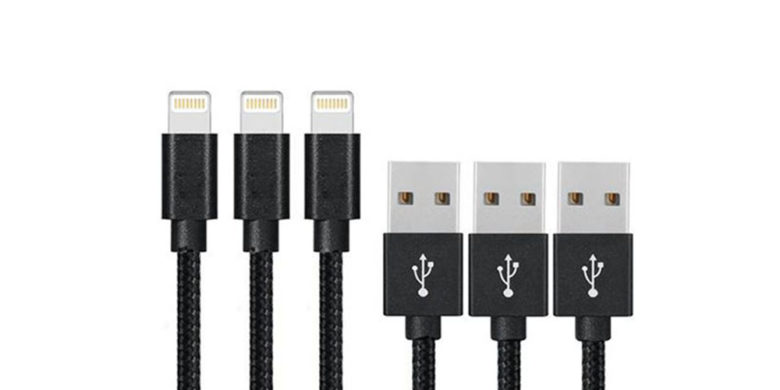
Photo: Cult of Mac Deals
Apple is switching from Lightning, a technology they own entirely themselves; to USB-C, an open standard they helped create.
Apple made money from Lightning. They manufacture all the connectors. Even when you buy a third-party Lightning cable from Belkin or Anker, they bought the metal connector part from Apple.
No one has to pay Apple money to make a USB-C cable, nor do you have to buy yours from Apple. They’re giving up this business, so they’re almost certainly losing money from this transition.
If the conspiracy theory were true, Apple would be switching to another connector that they own and license themselves.
The cable business isn’t that lucrative, anyways
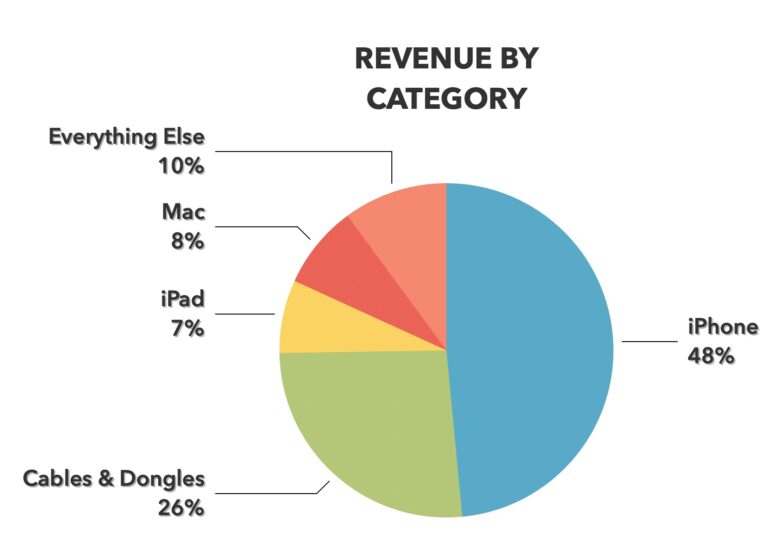
Image: D. Griffin Jones/Cult of Mac
The idea that “Apple changes the connector so that you have to buy a new cable and dongle!” doesn’t make sense, because Apple doesn’t make their money from selling cables and dongles. Apple makes orders of magnitude more money from the phone itself.
Before Apple’s services business took off in the 2020s (and screwed up these numbers) Apple averaged a 38% gross margin. That means Apple makes approximately $380 on their $1,000 iPhone. Apple sells cables and Lightning adapters for $9–29, and assuming they have a similar profit margin, that’s a whopping $4–12.
Those numbers probably aren’t very accurate, but precision doesn’t really matter — however you fiddle those numbers, Apple makes hundreds of dollars selling a single iPhone and dozens, at best, selling cables.
If the conspiracy theory were true, every potential customer Apple upsets, who swears off the iPhone for life, represents hundreds of dollars in lost profit in exchange for the sale of a $29 cable. The math ain’t mathin’.
Lightning was never meant to last this long
This sort of switch was inevitable. At the time Apple wanted to replace the aging iPod connector, there was nothing else that would provide the same utility in such a small, modern and reversible connector, leading the company to design its own.
At Lightning’s debut, Phil Schiller said himself that Lightning would be “a modern connector for the next decade.” It turned out to be pretty accurate. But along came USB-C and Thunderbolt, taking the rest of the world by a storm.
Given time, the rest of the technology world made Lightning the outlier. I believe that Apple was planning on switching the iPhone to USB-C for years, as evidenced by transitioning the entire iPad line (and even cursory devices like the Apple TV remote) but nonetheless, it has even been codified into law by the European Union. All new smartphones as of 2024 will need the connector, so like it or not, Lightning is out.
As frustrating as it is replacing all your cables — or worse yet, dealing with a split household as you all gradually transition — the eventual outcome will be such that you’ll be able to take any old cable and plug them into any old device and it’ll probably work.
With varying degrees of success, but that’s a story for another time.
